The Situation
When we start our water intake pumps, the inrush current is causing instability on the local power grid and driving our demand charge . Can you help us solve this problem while minimizing changes to our pump station facility?
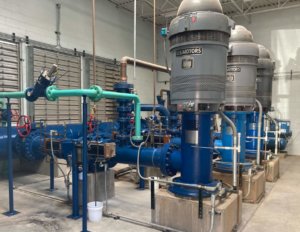
A Colorado city with arguably some of the most beautiful scenery in the Rocky Mountains draws water from a local river and pumps it to a nearby reservoir during the peak season of water consumption. The pump station was initially built in 1997, and during the first startup, the power cooperative called and said, “We don’t know what you are doing, but you need to stop it.”
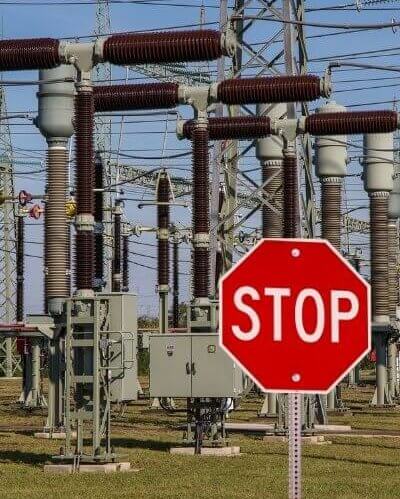
The three 3-Phase, 600 HP pumps operating at 4160V and the 600% inrush current were more than the sub-station protective relays could
handle. This began a long history of startup coordination between the city and the power cooperative to ensure that city residents would not experience a brownout or, worse, a blackout. Eventually, it became apparent that direct across the line starting would have to stop to improve the stability of the local electric grid. In addition, the startup also caused a high demand charge cost for the city due to the peak inrush current required.
The Solution
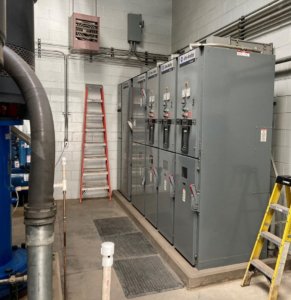
LSI started by listening to the city’s water department technical team to understand the situation thoroughly. The client had explored a solution in the past but was not satisfied with the vendor’s proposal because the equipment would not fit into the footprint of their existing pump station facility. So LSI’s team went to work designing improvements to the current motor control center to conform with the power cooperative’s requirements.
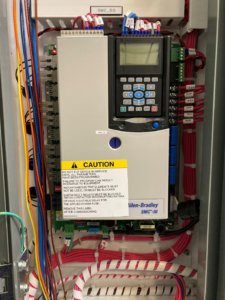
We removed the existing full voltage non-reversing (FVNR) starters and installed the new Allen-Bradley SMC-50 RVSS (soft-start) with power factor correction capacitors. In addition, LSI installed a new feeder circuit for the existing 480V step-down transformer.
LSI Provided
LSI provided:
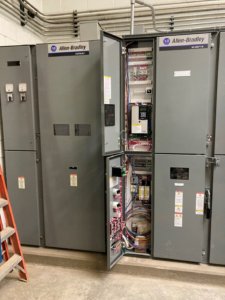
- Professional services necessary for the mechanical and electrical design
- General Arrangement drawings, electrical drawings, and bid specifications for:
- Removal of existing equipment and installation of new switchgear sections
- Replacement switchgear
- Integration of new motor starter control signals with the existing pump station control panel
- Updated control schematic drawings illustrating the existing pump station PLC integration with upgraded motor starters
- Switchgear elevation layout drawing identifying the function of each compartment in the new MCC and the equipment to be installed in each compartment
- Construction sequencing to ensure the system was installed on schedule over the winter and ready for startup in the spring
The Results
Impact to power grid eliminated
- Instead of a 600% inrush current, the new Soft-Start Motor Starter cut the inrush in half, which no longer requires startup coordination between the city and the power cooperative
Reduced demand charge
- Due to the reduced current draw during startup, the peak demand charge is significantly lower, resulting in lower annual energy costs for the city
 Minimal changes to the pump station equipment and facility
Minimal changes to the pump station equipment and facility
- The pump station electrical panel expanded from approximately 15 feet to 18 feet and did not require any significant relocation of existing equipment
- The incoming main power switch, motors, and pumps were retained
LSI Listened
LSI listened, then our team went to work developing and implementing a solution that resolved the long-standing pump startup problem and eliminated the need for coordination with the power cooperative.
Let LSI listen to your challenges. Contact LSI today.

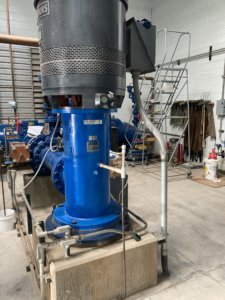 Minimal changes to the pump station equipment and facility
Minimal changes to the pump station equipment and facility